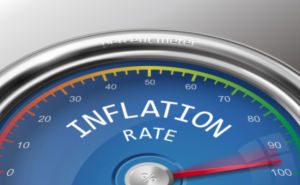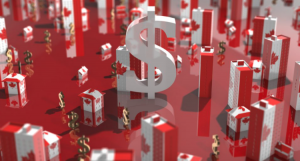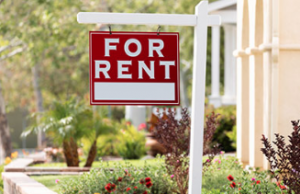The Transition from Summer Vacation to Back to School can be a tough one for all of us!
These tips will make the back to school transition easier for you and your child.

Back to School Shopping
Get your kids involved in back to school shopping and it won’t seem like such a chore. Set spending limits for items such as clothing, shoes and backpacks and allow them to pick out what they like best, whether online or in a store. By doing this early, you’ll avoid long lines at stores and anxiety at home in the days before classes commence.
If your child must wear a uniform, make sure they have what they need before the first day. And don’t forget to set up a comfortable home study space if they will be distance learning. To make room for those new clothes, follow these tips to decluttering the closet.
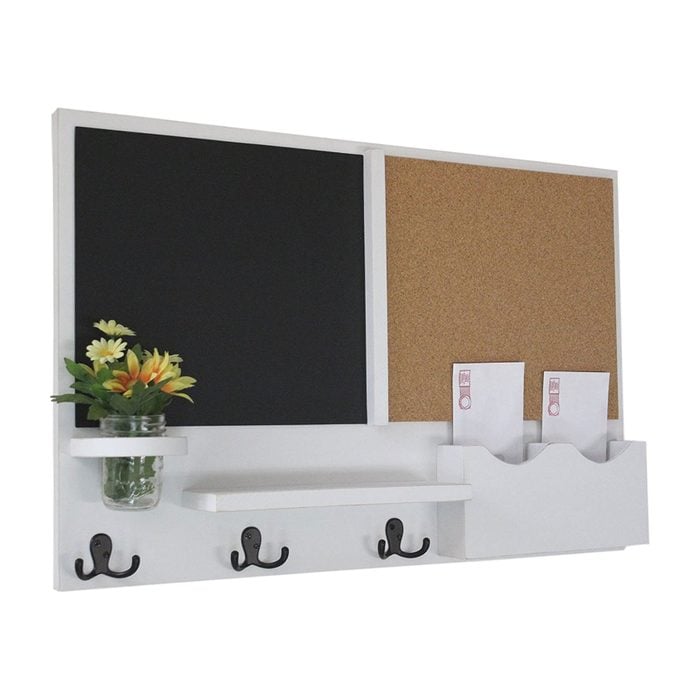
Create a Message Center
Life can be chaotic during the school year with all those online class meetings, sports practices and rehearsals. Create a message center so everyone in the family can keep track of schedules and appointments. You can build a home message center or purchase one that is ready to go.

Stock up on Supplies
Whether you homeschool your child or send them off to a private or public school, there’s a good chance they’ll need some supplies. Many schools provide a list of everything your child will need. Stock up on pencils, erasers, markers and rulers now so they are ready to go on day one. And keep your school supplies organized so you can find everything when you need them.

Magnetic Calendar
You’ll be a pro at back-to-school organization with this magnetic calendar. Place it where you can easily add appointments, practices schedules and concert dates to stay on track. Keep it near your message center to make all notes and plans easy to find.
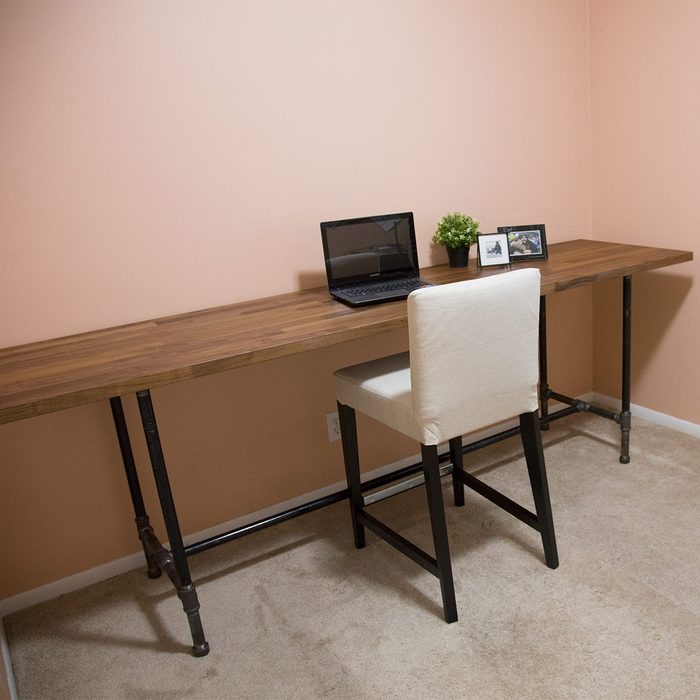
Create a Homework Station
Prepare for distance learning and homework by creating a comfortable environment where your student can focus on the tasks at hand. Create a space they can do their work with little to no distractions. You can build this sleek pipe desk in just a couple of hours.
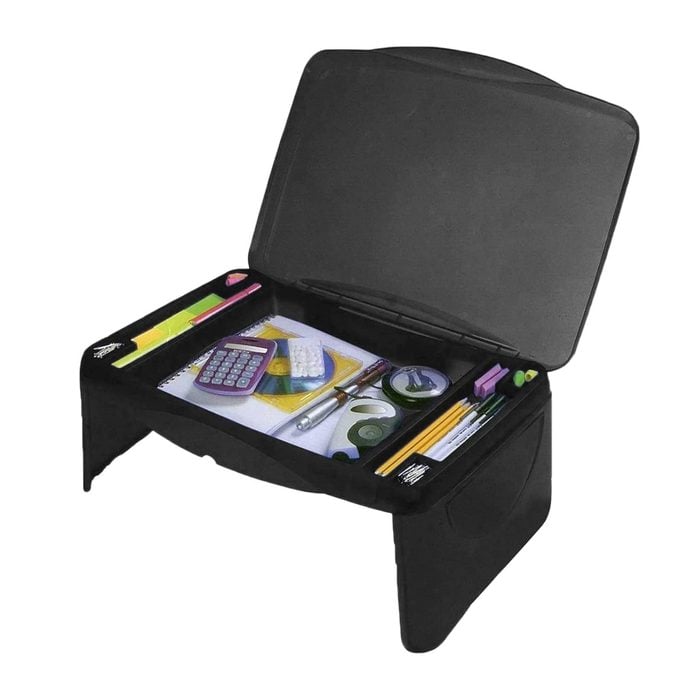
Get a lap desk
This folding lap desk is perfect for doing school assignments on the go. It can function as a laptop stand, travel desk, breakfast table, kids study desk and much more. There’s also extra storage space under the desktop. And the legs fold in flat, making these trays easy to store and portable. It’s the perfect accessory for your school technology.

Prepare for Mornings
Now’s the time to prepare for those hectic early mornings. Get in the habit now of making lunches the night before. About two weeks before school starts, have your children go to bed a little earlier each night and wake up to an alarm clock so they’re ready for the first day.
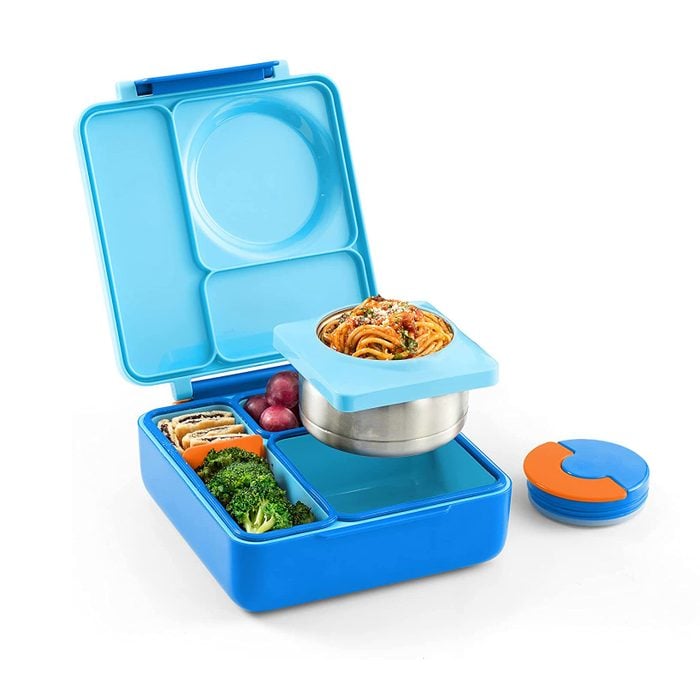
Insulated Lunch Box
Back to school also means packing your child’s lunch each morning. This insulated lunch box will keep everything cool (or warm) until they’re ready to eat. Use this DIY ice pack tip to keep your lunch cool.

Make Sure Work is Completed
Was your child assigned school work to complete over the summer? Make sure they’ve done their reading and any summer homework packets.
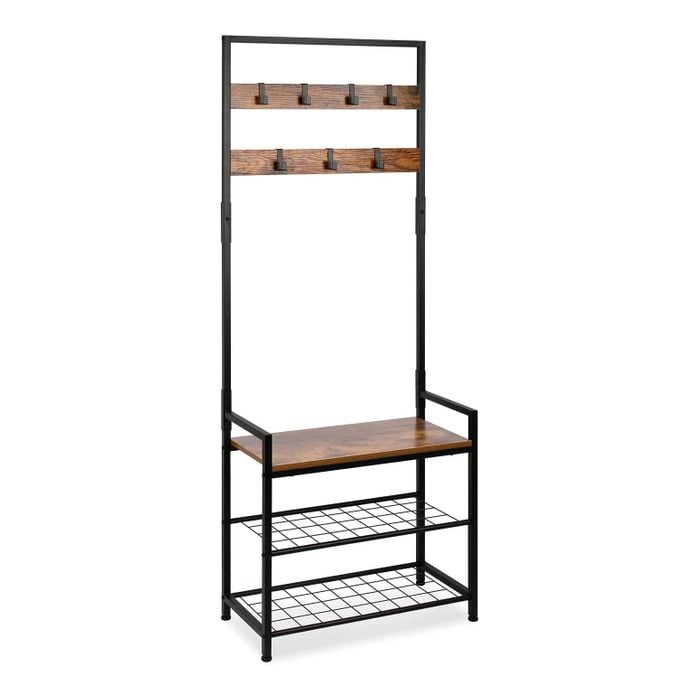
Create a Backpack Station
Set up a backpack and coat station. This can be installed in an entryway or mudroom as a designated spot for kids to hang their belongings when they come home each day. It can also help cut down on clutter.

Wipe Out Germs
Back to school time often means germ season. Make sure to stock up on cleaning supplies (or make your own) to keep surfaces clean and stop the spread of germs.

Make Mornings Easier with this Alarm Clock
No one will be late for class with this smart alarm clock. Sunrise simulation wakes you up gradually. It also works as a bedside light.

Choose Outfits
Get your kids in the habit of choosing clothes for the week on Sunday. Have your child lay out his or her clothes that they plan to wear the night before. Not only will this make mornings less chaotic, but it may even help cut down on your laundry throughout the week.
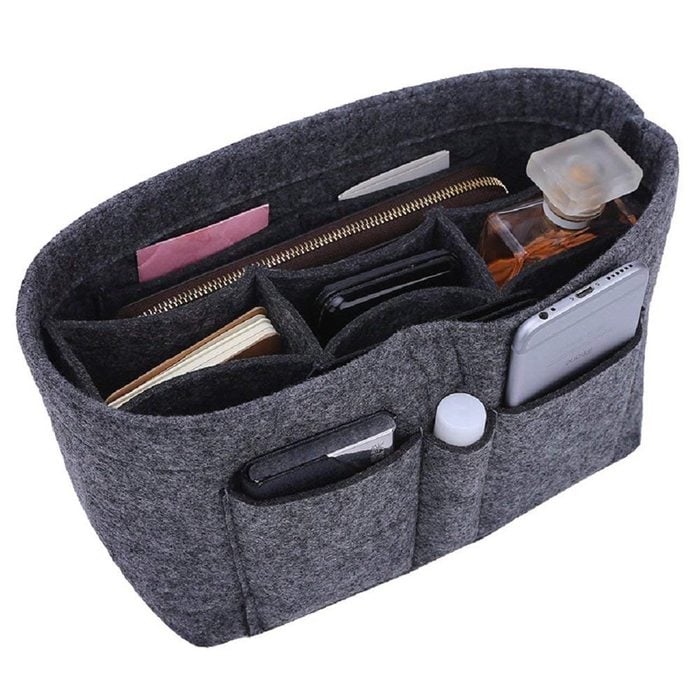
Bag Organizer
Keep your kid’s school bag or backpack organized with this clever insert. It features pockets for a cell phone and tablet, planner, pens and even snacks. And keep your mudroom organized with these DIY lockers.
By Rachel Brougham, full article here: https://www.familyhandyman.com/list/prepare-for-back-to-school/





